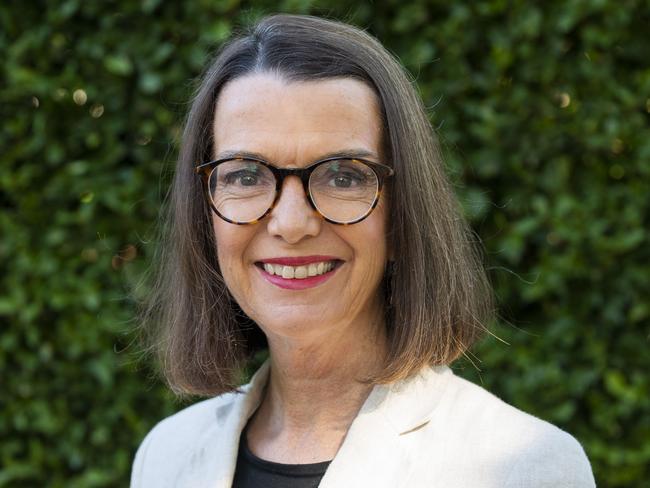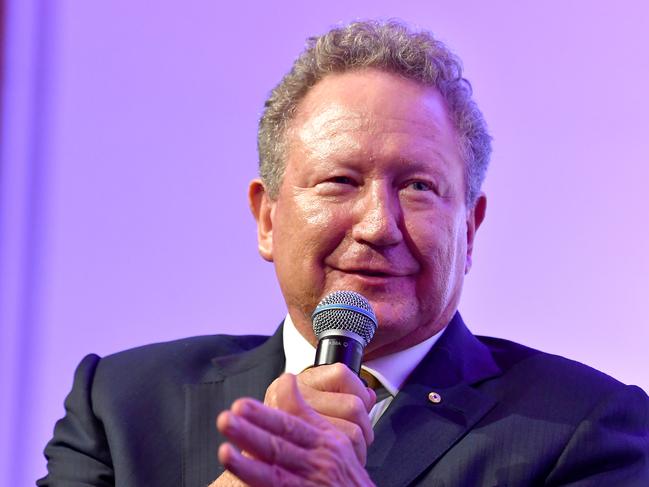Cashless welfare card: How they work
Cashless welfare has exploded as an election issue, with Labor accused of running a scare campaign. Here’s what you should know.
Federal Election
Don't miss out on the headlines from Federal Election. Followed categories will be added to My News.
Cashless welfare has become one of the hot topics of the federal election campaign. Here’s what you should know.
WHY IS THE CASHLESS WELFARE CARD NOW AN ISSUE?
Last year, Labor MPs started claiming the federal government was planning to move all pensioners onto the Cashless Debit Card, and those claims have been hugely amplified during the first week of the election campaign.
The Coalition has slammed Labor for running a scare campaign which has no basis in fact, akin to the “Mediscare” campaign during the 2019 federal election.
Ms Ruston has categorically ruled out moving pensioners onto the Cashless Debit Card.
“We never have and we never will have a plan to force age pensioners onto the cashless debit card,” she told Queensland radio station 4BC on Monday.

But Labor have seized on a number of comments Ms Ruston made in February 2020 which they say support their case.
At that time, Ms Ruston told reporters: “We’re seeking to put all income management onto the universal platform, which is the Cashless Debit Card.”
She also talked in general terms about initiating a “conversation” with the Australian public “about the broadening of the use of the card”.
“We haven’t said we rolling it out nationally, we want a conversation,” she said at the time.

WHAT IS A ‘CASHLESS WELFARE’ CARD?
Cashless welfare was first introduced in Australia in August 2007, as part of the Howard government’s intervention into indigenous affairs in the Northern Territory.
As part of a swath of measures, the government introduced a BasicsCard, which held 50 per cent of a social security recipient’s welfare payments, and could only be used for grocery items, not alcohol, gambling or pornography.
In 2014, Andrew “Twiggy” Forrest proposed a ‘Healthy Welfare Card’ in a review of Indigenous jobs and training he undertook for then Prime Minister Tony Abbott.
Forrest had proposed the cards contain 100 per cent of a welfare recipient’s payments, but when the government announced a trial of its Cashless Debit Card in December 2014, it opted to cap the cards at 80 per cent.

The cards enable users to buy a wide range of items including groceries, but cannot be used to withdraw cash, or for the purchase of alcohol, gift cards, or any sort of gambling product.
The Cashless Debit Card was first trialled in Ceduna and the East Kimberley in 2016, and from 2017-18 the scheme was expanded to the Goldfields region of Western Australia, and to the Bundaberg-Hervey Bay region in Queensland.
In the 2019/20 Budget, the Morrison government also announced plans to move 22,500 people on the BasicsCard in the Northern Territory and Cape York onto the Cashless Debit Card, which they say has much more functionality.
Despite the fact the cards have been part of life in some communities for years, the programs are still officially in trial phase until the end of 2022, with a government attempt to make them permanent defeated in the Senate in 2020.
HOW DOES THE CASHLESS WELFARE CARD WORK?
The Cashless Debit Card was proposed to help support communities that have otherwise been torn apart by alcohol and drug use, child neglect, violence and excessive gambling.
But a 2018 report by the Australian National Audit Office (ANAO) found the monitoring and evaluation of the program by the Department of Social Services was “inadequate”.
“As a consequence, it is difficult to conclude whether there had been a reduction in social harm and whether the card was a lower cost welfare quarantining approach,” ANAO concluded in their report.

Others say the cards have brought about changes. After touring Ceduna in 2019, Tasmanian Senator Jacqui Lambie said the South Australian town was “going great guns” and had “really cleaned up” since the trial launched.
In a 2020 press conference, Social Services Minister Anne Ruston said there were a lot of “really really positive stories” coming out of the communities where the card was in use, and for many users, the cards had become an effective budgeting tool.
“There is no doubt in my mind that this program has saved lives and has been a circuit breaker, particularly in regions where previous efforts to curb alcohol abuse had not been successful,” Ms Ruston said at the time.
“Our commitment to this program is on a permanent basis,” she said.
WHAT IS WRONG WITH THE CASHLESS DEBIT CARD?
Critics say the cards have to date unfairly targeted indigenous Australians, and they’re a paternalistic and coercive measure: all welfare recipients in the affected communities have been forced onto the cards, irrespective of their financial management skills or their personal use of drugs and alcohol.

One issue the government says has been addressed is the “stigma factor” associated with the card. When used in retail settings, the card looks much like any regular credit card, and its function only becomes apparent to a shopkeeper if the cardholder attempts to buy prohibited items.
WHAT IS THE GOVERNMENT GIVING TO PENSIONERS?
The age pension remains the same and the government is not planning to give pensioners a cashless welfare card. Ms Ruston has ruled out moving pensioners onto this sort of payment.
“We never have and we never will have a plan to force age pensioners onto the cashless debit card,” she told Queensland radio station 4BC on Monday.
Scott Morrison also labelled the cashless welfare card for pensioners a “despicable lie from the Labor Party” and vowed “we will not be doing that”.
“When people don’t have anything nice to say, like the Labor Party, and they don’t have plans for the future, well they go around telling lies to try to scare people,” Mr Morrison said.
He said he wanted people in their retirement to be able to enjoy their retirement.




